
Welcome to Dr. Dhage Ayurvedic clinic. For more details and appointment please contact today.
Visiting Hours
| Mon - Fri: | 8:00 am - 8:00 pm |
| Saturday: | 9:00 am - 6:00 pm |
| Sunday: | 9:00 am - 6:00 pm |
Gallery Posts
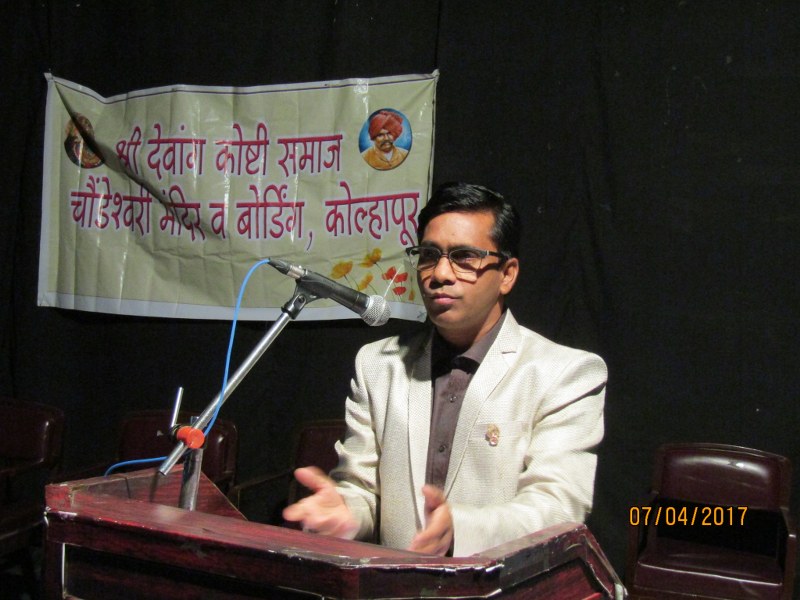
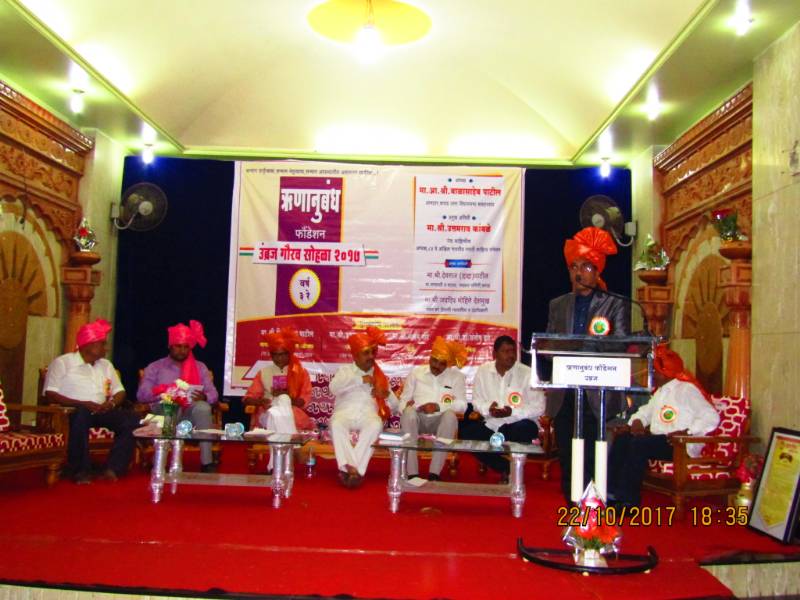
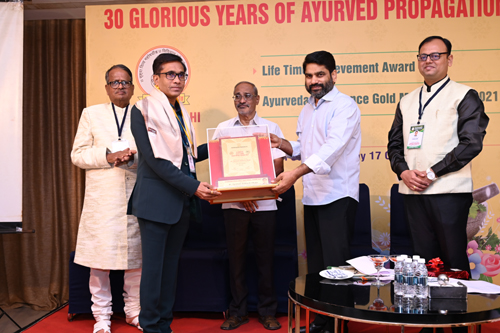
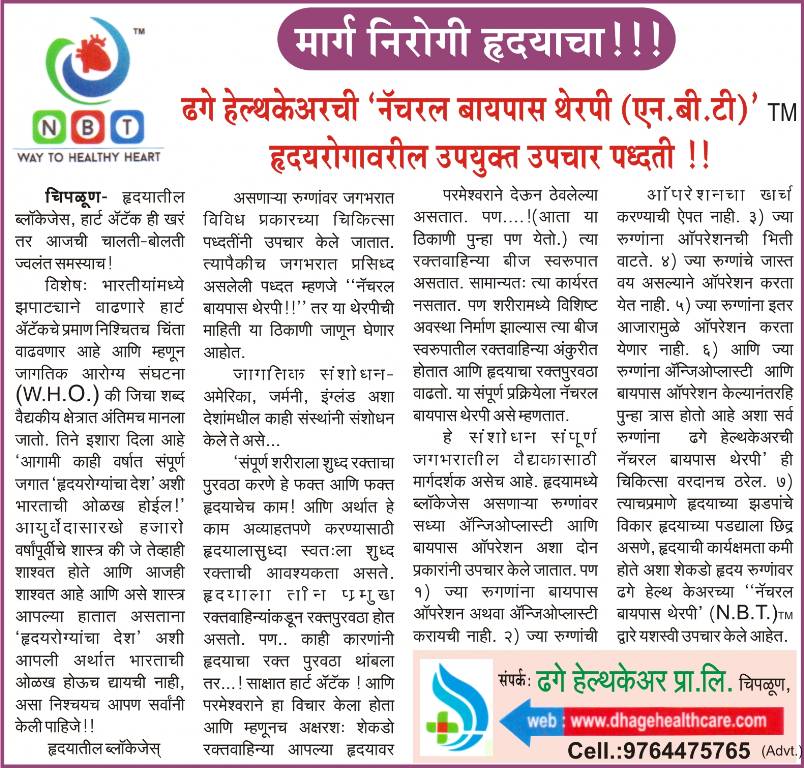
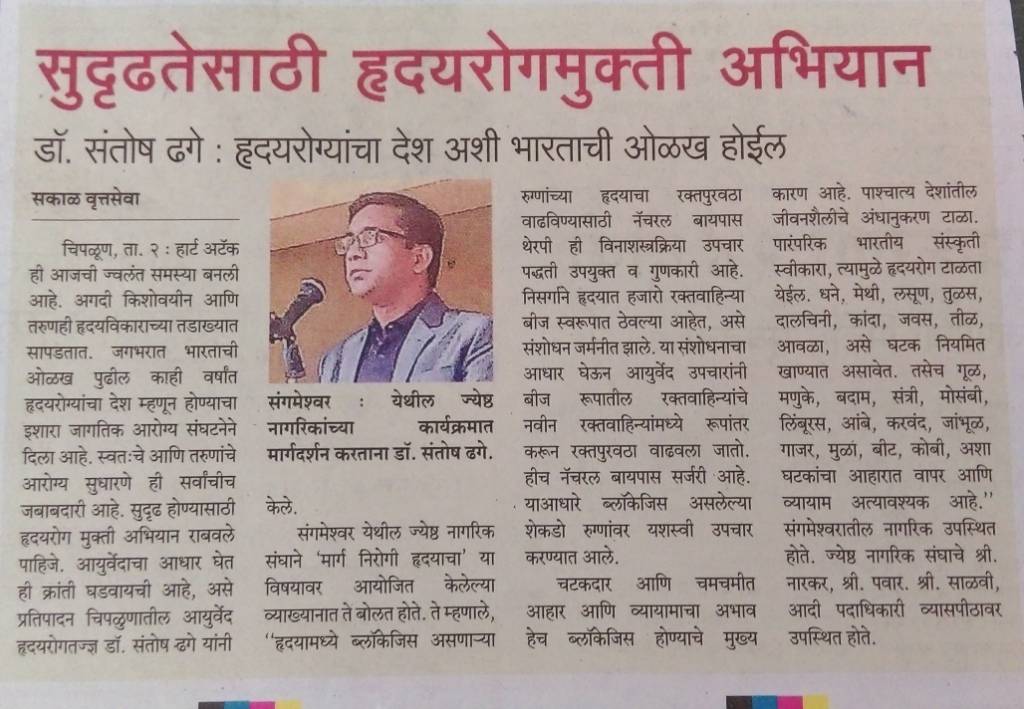
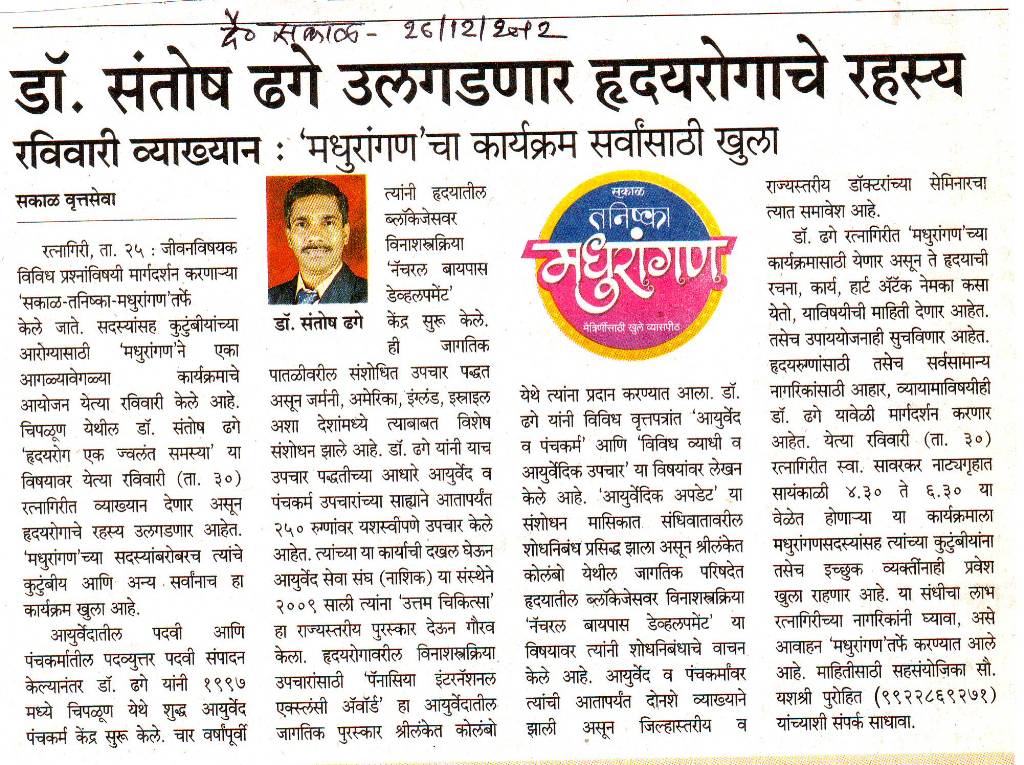

Welcome to Dr. Dhage Ayurvedic clinic. For more details and appointment please contact today.
| Mon - Fri: | 8:00 am - 8:00 pm |
| Saturday: | 9:00 am - 6:00 pm |
| Sunday: | 9:00 am - 6:00 pm |






What Is The Mitral
Valve Prolapse?
The valve that divides the upper chamber (Left Atrium) and lower chamber (Left Ventricle) of the heart is called the Mitral Valve. When the mitral valve fails to close properly and smoothly, the condition is known as Mitral Valve Prolapse (MVP), also referred to as lick murmur syndrome, Barlow’s syndrome, or floppy valve syndrome.
Causes of MVP:
• Cause Unknown
• Advancing Age
• Valve degeneration and degenerative changes.
• Present from Birth
Symptoms of Mitral Valve Prolapse can vary significantly among individuals, ranging from mild to gradual development.
• Irregular heartbeat (Arrhythmia)
• Increased heart rate (Palpitation)
• Fatigue, dizziness, and overall weakness
• Dizziness, near-fainting
• Lightheadedness
• Pain in the Chest, Chest Congestion
• Shortness of Breath with Physical Activity
• Difficulty Breathing
• Swelling in Legs and Feet
• Numbness or Tingling Sensation in Hands and Feet
How to Diagnose MVP:
A) Signs and Symptoms of the Patient
B) Examination: Two-dimensional echocardiography (2DECHO) – Ultrasound imaging of the heart is the most effective test for diagnosing MVP.
2DECHO assesses the degree of prolapse.
Treatments:
According to medical guidelines, the condition progresses. There are two treatment options available.
1. Managing medical conditions
2. Surgical procedures
1. Managing medical conditions
People with asymptomatic MVP do not need treatment, while those with symptoms require medical management.
Case Studies:
Mr. Rajendra
Known Case Of Severe Mitral Valve Prolapse.
Symptoms:
DOE complaints and chest congestion occur after walking for a certain distance.
2D ECHO revealed severe mitral valve prolapse with anterior mitral leaflet redundancy.
Patient Taking Ayurvedic treatment at Dhage Healthcare, the patient is now symptom-free and can walk freely without any issues.
Note:
• The patient is currently stable.
• No complications have arisen thus far.
For more information about the Heart Disease or Appointments, please call or visit us
| Only By Appointment Mon - Sat: 10:30 am - 02:00 pm & 04:00 pm to 07:00 pm - Friday Off |